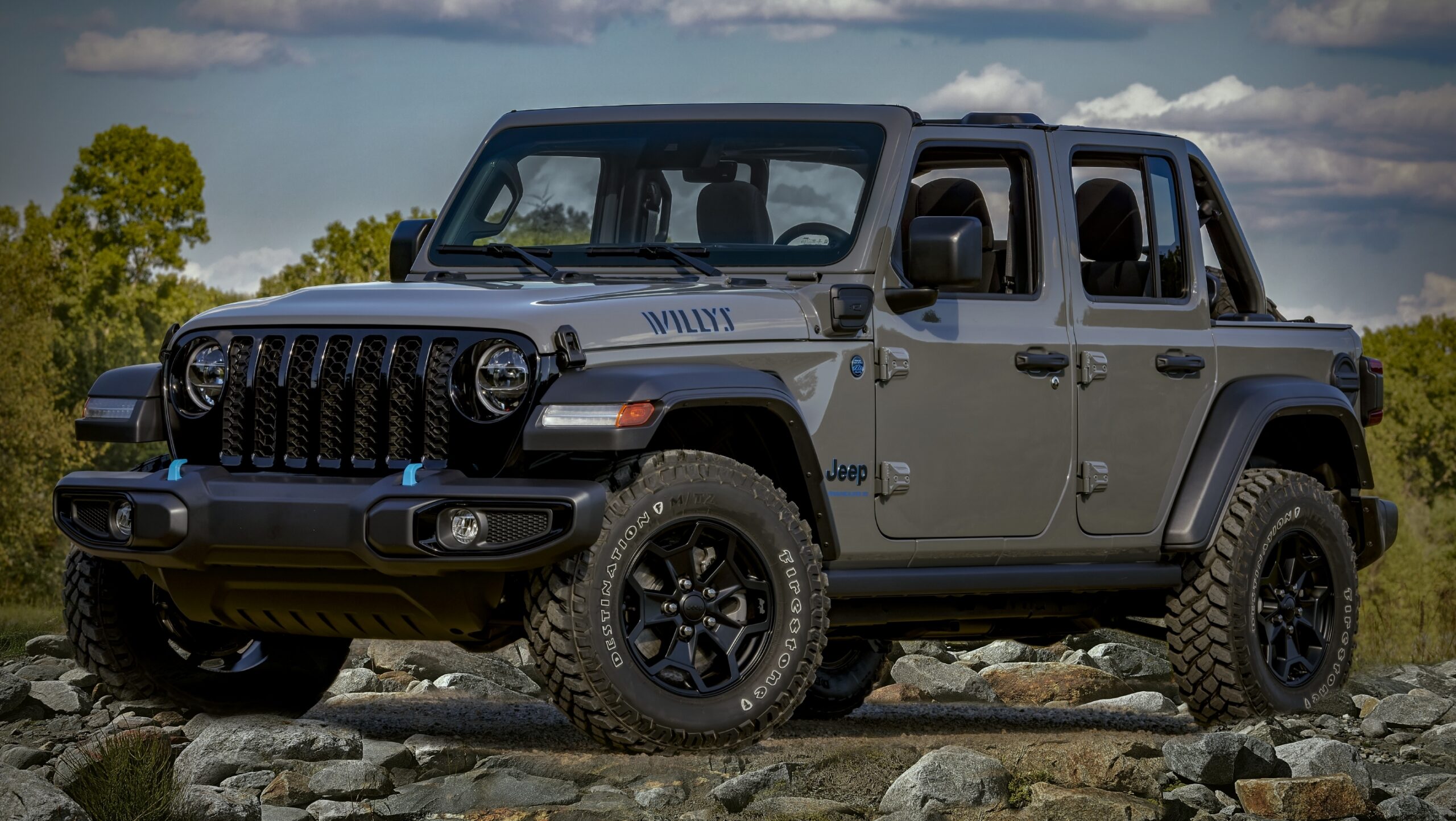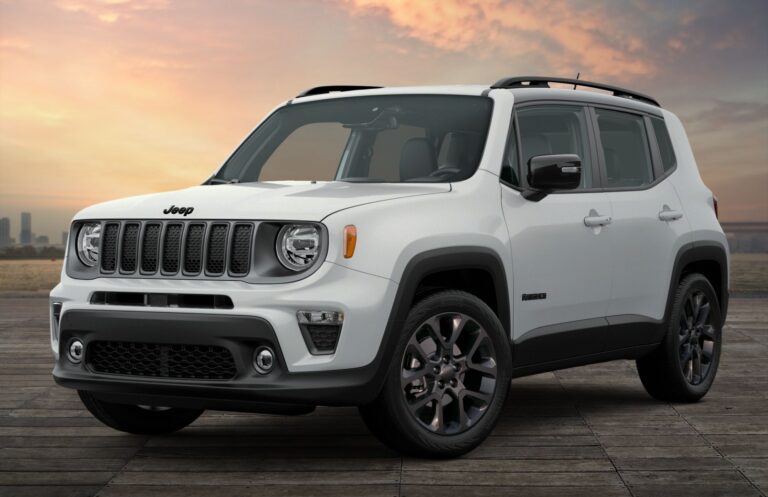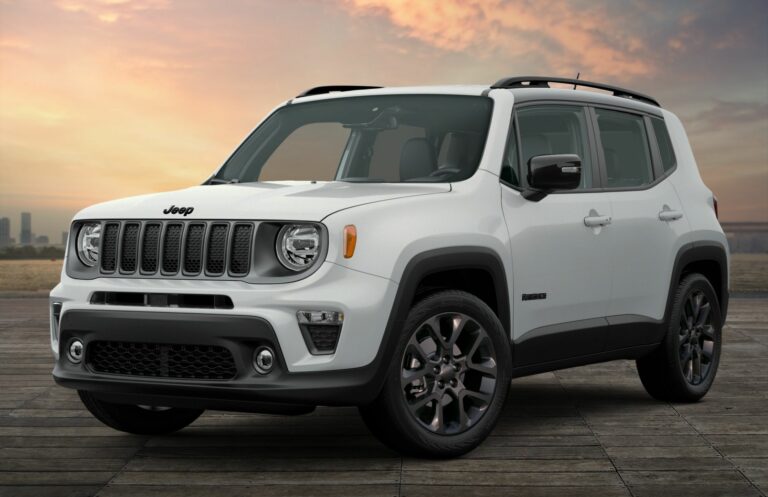Jeep Wrangler 2000 For Sale In Pennsylvania: A Comprehensive Buyer’s Guide
Jeep Wrangler 2000 For Sale In Pennsylvania: A Comprehensive Buyer’s Guide jeeps.truckstrend.com
The Jeep Wrangler is more than just a vehicle; it’s an icon, a symbol of freedom, adventure, and rugged capability. Among its storied lineage, the 2000 Jeep Wrangler, part of the TJ generation (1997-2006), holds a special place in the hearts of enthusiasts and collectors alike. Known for its robust inline-six engine, coil-spring suspension, and classic round headlights, the 2000 TJ perfectly blends modern comfort with traditional Jeep grit. For those seeking to embark on their own off-road adventures or simply enjoy a unique open-air driving experience, finding a Jeep Wrangler 2000 for sale in Pennsylvania presents a unique opportunity, albeit one that requires careful consideration due diligence.
Pennsylvania, with its diverse terrain ranging from winding mountain roads to urban sprawl, and its distinct seasonal changes, offers a varied landscape for Jeep ownership. However, the state’s use of road salt during winter months poses a significant challenge for older vehicles like the 2000 Wrangler: rust. This comprehensive guide will navigate you through the specifics of acquiring a 2000 Jeep Wrangler in Pennsylvania, from understanding its appeal to conducting thorough inspections, negotiating the purchase, and ensuring long-term enjoyment.
Jeep Wrangler 2000 For Sale In Pennsylvania: A Comprehensive Buyer’s Guide
The Enduring Appeal of the 2000 Jeep Wrangler (TJ Generation)
The 2000 Jeep Wrangler belongs to the beloved TJ generation, which many consider the sweet spot between the utilitarian YJ and the more modernized JK/JL models. The TJ brought a significant upgrade in ride quality over its leaf-sprung predecessors, thanks to its Quadra-Coil suspension system, providing a much smoother on-road experience without sacrificing its legendary off-road prowess.
Key Characteristics of the 2000 Model Year:
- Engine Options: The primary and most sought-after engine is the venerable 4.0-liter AMC Inline-Six (I6). Renowned for its bulletproof reliability, strong low-end torque, and ease of maintenance, this engine is a workhorse, capable of enduring hundreds of thousands of miles with proper care. A less common 2.5-liter inline-four was also available, offering better fuel economy but less power.
- Transmission: Both manual (5-speed AX-15 or NV3550) and automatic (3-speed 32RH or 4-speed 42RLE) transmissions were offered. Enthusiasts often prefer the manual for greater control off-road.
- Solid Axles: Retaining the classic solid front and rear axles (Dana 30 front, Dana 35 or optional Dana 44 rear), the TJ offers exceptional articulation and durability for off-roading.
- Removable Components: The iconic removable doors, fold-down windshield, and soft top (or removable hardtop) provide the ultimate open-air driving experience, a core part of the Wrangler’s appeal.
- Customization Potential: The aftermarket for the TJ is vast, allowing owners to customize their Jeeps for specific off-road needs, aesthetics, or comfort.
![]()
The 2000 TJ’s appeal lies in its mechanical simplicity, making it relatively easy for DIY enthusiasts to work on, its classic design that harkens back to the original Willys MB, and its undeniable capability off the beaten path. It represents a balance of modern drivability with traditional Jeep ruggedness, making it a highly desirable model for a wide range of buyers.
Navigating the Pennsylvania Market for a 2000 Wrangler
Buying a 2000 Jeep Wrangler in Pennsylvania comes with specific considerations, primarily due to the state’s climate and vehicle regulations.

Pennsylvania Specifics:
- Rust: The Primary Concern: Pennsylvania’s winters, characterized by snow and the heavy use of road salt, are notorious for accelerating rust on vehicle frames and bodies. For a 23-year-old vehicle like the 2000 Wrangler, this means rust is almost inevitable to some degree. Thorough inspection of the frame (especially around control arm mounts, skid plate areas, and the rear crossmember), rocker panels, floorboards, and fender wells is paramount. Surface rust can often be remediated, but significant structural rust can render a vehicle unsafe and uneconomical to repair.
- State Inspections: Pennsylvania requires annual safety inspections and, in some counties, emissions inspections. Ensure any potential purchase can pass these tests. Common safety inspection failure points for older Wranglers might include worn suspension components, brake issues, or exhaust leaks. Emissions tests typically check for proper catalytic converter function and OBD-II readiness.
- Title and Registration: The process for transferring titles and registering a vehicle in Pennsylvania is standard, but be prepared with all necessary documents (title, bill of sale, proof of insurance, ID).
- Availability: Pennsylvania has a strong automotive culture and a significant number of Jeep enthusiasts, meaning there’s usually a decent supply of Wranglers for sale. You’ll find them listed on major online marketplaces (Craigslist, Facebook Marketplace, AutoTrader), through local used car dealerships, and sometimes on specialized Jeep forums or enthusiast groups.

While rust is a major challenge, finding a well-maintained 2000 Wrangler in Pennsylvania is not impossible. Many dedicated owners go to great lengths to protect their vehicles from the elements, and some Jeeps may have originated from southern states, offering a better starting point before being brought to PA.
What to Look For: A Pre-Purchase Inspection Checklist
A meticulous pre-purchase inspection is the single most important step when considering a 2000 Jeep Wrangler in Pennsylvania. Ideally, have a trusted mechanic specializing in Jeeps or off-road vehicles conduct the inspection.
- Frame and Undercarriage (Critical!):
- Main Rails: Inspect the entire length of the frame for rot, cracks, or patches. Pay close attention to the areas where the control arms mount, as these are common rust-through points.
- Skid Plates: Check where the transmission and transfer case skid plates mount to the frame.
- Rear Crossmember: A notorious rust spot where the rear bumper mounts and often holds debris.
- Body Mounts: Check the condition of the body mounts and surrounding frame.
- Fuel Tank Skid Plate: Inspect for rust and damage.
- Body and Exterior:
- Rocker Panels: These are highly susceptible to rust due to their low position.
- Fender Flares: Check for rust underneath them, especially where they meet the body.
- Door Sills and Hinges: Common rust areas.
- Soft Top/Hard Top: Check for tears, leaks, broken zippers, or cracks/damage on hardtops. Window clarity is also important.
- Paint Condition: Look for bubbling under the paint, which indicates underlying rust.
- Engine (4.0L I6):
- Leaks: Check for oil, coolant, or power steering fluid leaks. Common spots include the rear main seal, valve cover gasket, and oil filter adapter.
- Sounds: Listen for abnormal noises (knocks, ticks, squeals).
- Performance: Check for smooth idling, acceleration, and no excessive smoke from the exhaust.
- Maintenance Records: Ask for service history, especially oil changes, coolant flushes, and tune-ups.
- Transmission & Drivetrain:
- Manual: Check for smooth shifts, no grinding, and proper clutch engagement.
- Automatic: Check for smooth shifts, no slipping, and proper fluid level/condition.
- Transfer Case: Engage 4-high and 4-low to ensure they work smoothly. Listen for unusual noises.
- U-Joints: Check for play in the driveshaft U-joints.
- Differentials: Check for leaks and listen for whining noises during the test drive.
- Suspension & Steering:
- Shocks/Springs: Look for leaks on shocks and broken coils.
- Bushings: Check all control arm and track bar bushings for cracking or deterioration.
- Steering Components: Inspect tie rods, drag link, ball joints, and the steering box for play or leaks.
- Tires: Check tread depth and even wear.
- Electrical & Interior:
- All Lights: Headlights, taillights, turn signals, brake lights, interior lights.
- Gauges: Ensure all gauges work correctly.
- HVAC: Check the heater and AC.
- Windows/Wipers: Functionality.
- Interior Condition: Seats, carpet, dash. Look for water stains that might indicate leaks.
- Test Drive:
- Drive at various speeds. Listen for unusual noises (whining, clunking, grinding).
- Check brakes for pulling or pulsation.
- Assess steering for looseness or wandering.
- Ensure 4WD engages and disengages properly.
The Buying Process: From Negotiation to Ownership
Once you’ve found a promising 2000 Wrangler in Pennsylvania and conducted your inspection, it’s time to finalize the purchase.
- Setting a Budget: Beyond the purchase price, factor in potential immediate repairs (especially rust remediation), sales tax, title/registration fees, insurance, and future maintenance.
- Where to Search:
- Online Marketplaces: Craigslist, Facebook Marketplace (look for local Jeep groups), AutoTrader, Cars.com.
- Local Dealerships: Some used car lots may have them, but often at a higher premium.
- Jeep Forums/Clubs: Dedicated enthusiasts often sell well-maintained vehicles to other enthusiasts.
- Contacting Sellers: Ask specific questions about the vehicle’s history, rust issues, maintenance records, and reasons for selling before scheduling a visit.
- Negotiation Tips:
- Market Research: Know the average prices for similar models in similar condition in Pennsylvania.
- Inspection Findings: Use any identified issues from your inspection as leverage for price reduction.
- Be Prepared to Walk Away: Don’t feel pressured to buy a vehicle that doesn’t meet your standards or budget.
- Paperwork:
- Title Transfer: Ensure the seller has a clear title. In Pennsylvania, you’ll transfer the title at a PennDOT agent or authorized notary.
- Bill of Sale: A written bill of sale detailing the vehicle, price, date, and buyer/seller information is crucial, even for private sales.
- Proof of Insurance: You’ll need this to register the vehicle.
- Temporary Tags: If buying privately, you may need to obtain temporary registration plates to drive it legally until permanent tags arrive.
- Financing and Insurance: Older vehicles can be challenging to finance through traditional lenders. You may need a personal loan or cash. Consider classic car insurance if the vehicle is in excellent condition and primarily for recreational use, as it can be more affordable.
Owning and Maintaining Your 2000 Wrangler in Pennsylvania
Congratulations on your purchase! Owning a 2000 Wrangler is a rewarding experience, but ongoing maintenance is key, especially in Pennsylvania.
- Post-Purchase Priorities: Even after a thorough inspection, it’s wise to perform a full fluid change (engine oil, transmission, transfer case, differentials), replace spark plugs, and check all belts and hoses. Address any minor issues identified during the inspection promptly.
- Rust Prevention: This is paramount in Pennsylvania.
- Undercoating/Rust Proofing: Consider professional undercoating or DIY applications of rust inhibitors (e.g., Fluid Film, Woolwax) to protect the frame and undercarriage, especially before winter.
- Regular Washing: Frequently wash your Jeep, paying special attention to the undercarriage, especially after driving on salted roads.
- Drain Plugs: Ensure the floorboard drain plugs are clear to prevent water from pooling inside the tub.
- Common Upgrades: Many TJ owners opt for lift kits, larger tires, aftermarket bumpers, and winches. Research thoroughly and understand how modifications affect drivability and safety. Ensure any modifications comply with PA vehicle laws (e.g., maximum lift height).
- PA Off-Roading: Pennsylvania offers numerous opportunities for off-roading, including designated trails in state forests (like Bald Eagle State Forest) and private off-road parks. Join local Jeep clubs for trail rides and valuable advice.
Price Table: Estimated Jeep Wrangler 2000 Prices in Pennsylvania
Please note that these are estimates and actual prices can vary significantly based on specific location within PA, mileage, condition, modifications, service history, and market demand.
| Condition | Estimated Price Range (USD) | Key Characteristics | Notes/Factors Affecting Price






